This one is an oddity: a cover that was redrawn twice, for no immediately discernible reason.
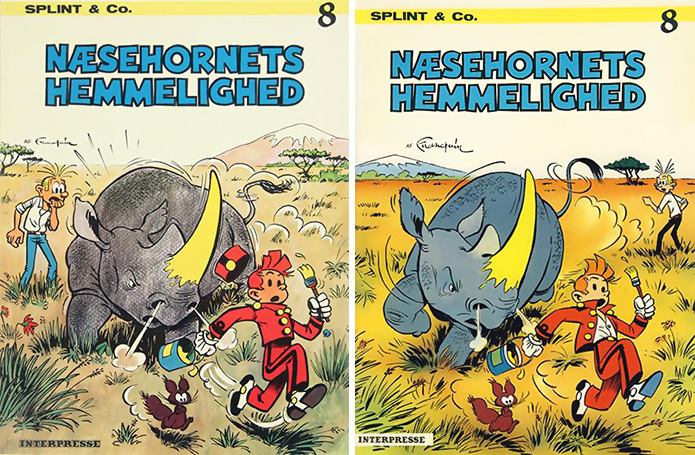
The 1975 Danish first edition of La corne de rhinocéros (Spirou #6, “The Rhinoceros’ Horn”) features an original cover by a 17-year-old Peter Madsen, who as previously discussed was recruited by publisher Interpresse for the job. Compared to Franquin’s elegant and intriguing, but somewhat sedate original cover (below), it’s clear that the replacement achieves a couple of goals: it has more action and excitement, and it features Spirou and Fantasio within the main scene. Although the depiction of the heroes leaves something to be desired, the picture strikes me as relatively successful, and the choice to go with a cover like this is understandable. (Both these covers were used in Norway and Sweden as well.)
What’s really puzzling is that for the second printing in 1978, Interpresse replaced it with another one, also (by the looks of it) drawn by Peter Madsen, and nearly identical in subject matter and composition. However, on closer inspection it is clear that it has been entirely redrawn. Changing the rhino to be in full running charge adds energy to the scene, but other changes seem completely arbitrary (Spirou has lost his hat, and his jacket is open; Fantasio has been moved to the other side of the picture, and background details are different). Nor is there any appreciable improvement in how well the characters are drawn; in fact, Fantasio looks rather worse in this version.
The best explanation I can think of is that Interpresse had lost the print sheet for the first cover, and asked Madsen to recreate it, which he did somewhat approximately. Or perhaps he had created multiple alternative versions in the first place, and Interpresse for whatever reason changed their minds about which one they liked best. In any case, it gives us two different pseudo-Franquin covers to choose from, perhaps appropriate given that significant sections of the current version of the album were not drawn by Franquin. But that’s another story…
(Images in this post taken without permission from Faraos Cigarer, Bedetheque and the Grand Comics Database, with some edits for quality.)

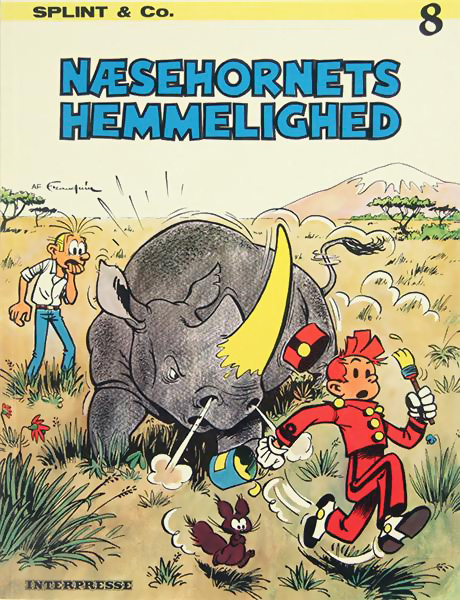
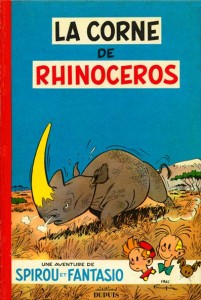
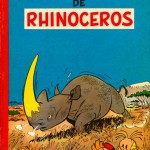
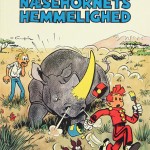
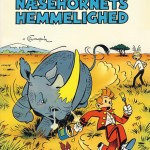
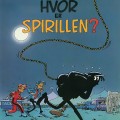
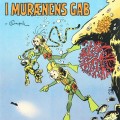
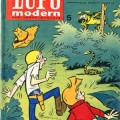
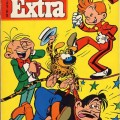
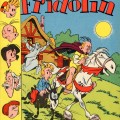
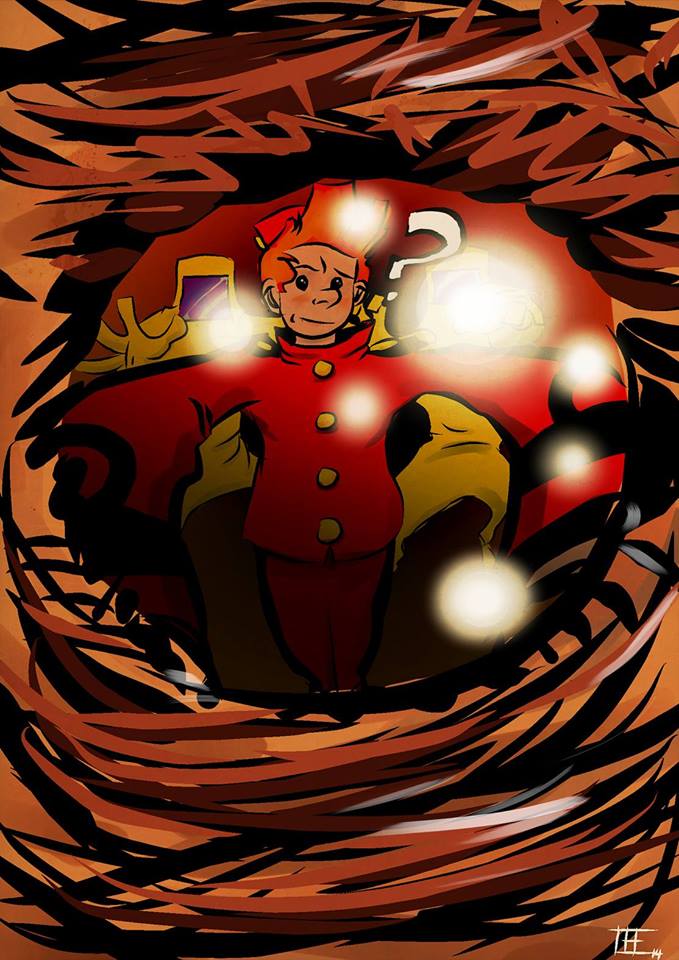

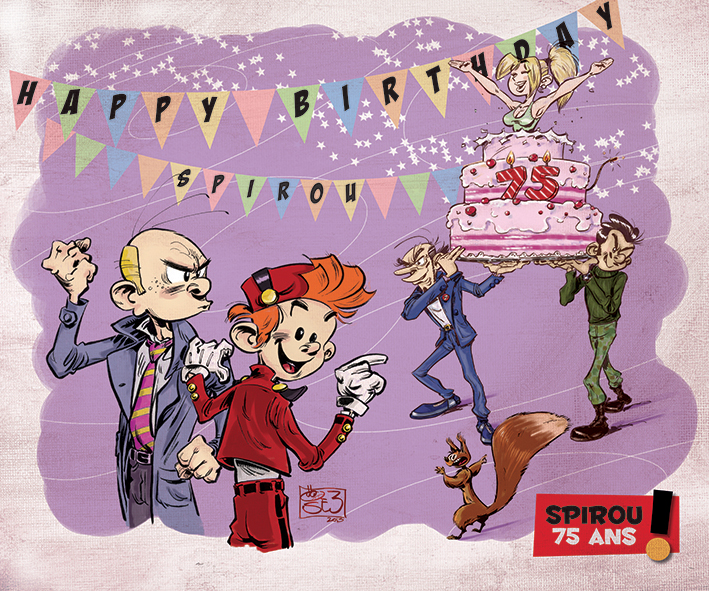
Helge Kvingedal liked this on Facebook.
I’m curious on who the other artist besides Franquin is. Jidéhem? Roba?
Vittorio Leonardo, who redrew parts of the album (along with Franquin) for the second edition in 1970, when it appeared the print proofs had been lost, and Franquin wasn’t able to track down all the originals (which he’d given to various friends, including Raymond Macherot). See [url=http://en.2dgalleries.com/art/spirou-et-fantasio-la-corne-de-rhinoceros-10877]here[/url].
This is usually presented (when mentioned at all) as a minor piece of restoration that affects only a few pages, but a close study of the album (and comparison with the [i]Journal[/i] version, though not the first album edition) has convinced me that large parts had to be redrawn, possibly more than half the pages. Judging from the different drawing styles, I’m also of the opinion that Leonardo did most of it, and that only a few panels can be attributed to 1970 Franquin.
Aha. But hasn’t there been an album release based on the restored originals? It should be possible to acchieve digitally nowadays…
No, there hasn’t, but I really hope there’ll be a [url=http://www.franquin-collector.com/albums?album_collection=46&album_serie=14]VO book[/url] at some point.
The story goes that Franquin did later track down the missing originals, so if they can be recovered, it should be possible to do a new version from those (the fact that single panels appear framed hanging on walls makes me think it was split up, which would probably make it difficult to find every piece). If not, and you only have the printed books to work from, it’s much trickier.
You can do a facsimile edition, as Dupuis has done for [url=http://www.spirou.com/album/autre-Spirou-03.php]some of the earliest albums[/url], but if you want to restore it to modern standards, you have two problems: getting high enough resolution on the line art (which gets blurred in print), and getting rid of the dot patterns from the color sheets. It’s doable, but it’s a lot of manual editing, and probably not affordable for a whole album (or however much of it would need to processed like this). In fact, it might be quicker and cheaper to just redraw it using the printed comic as a guide (the way Daan Jippes restored certain Barks comics), but then again, that’s essentially what we already have.